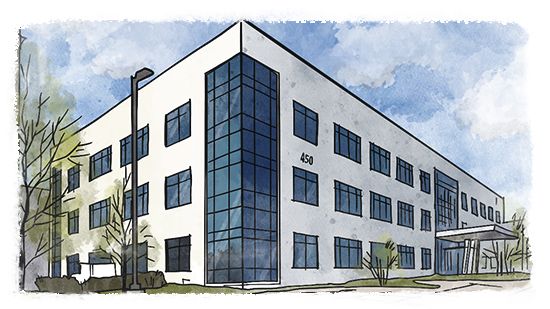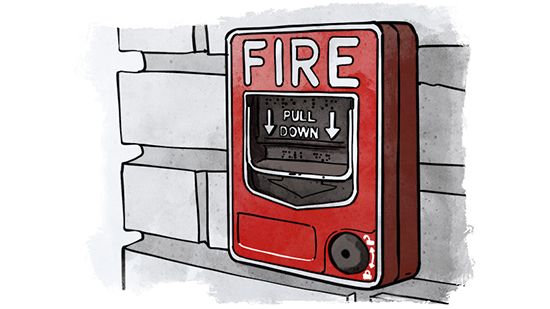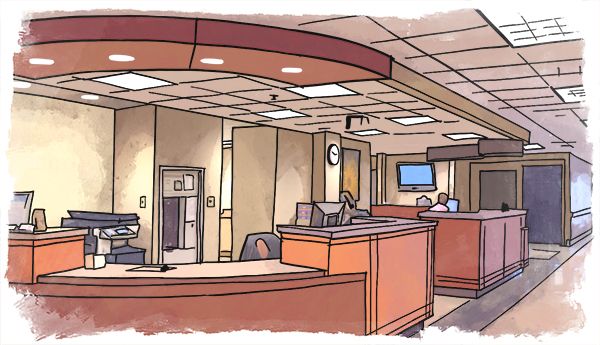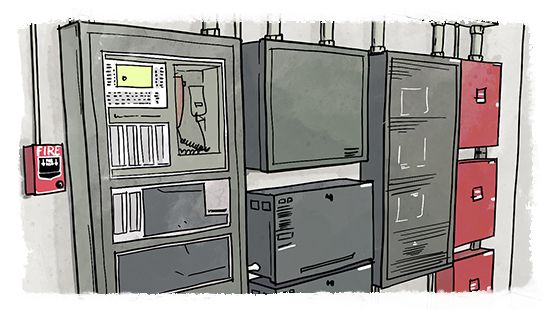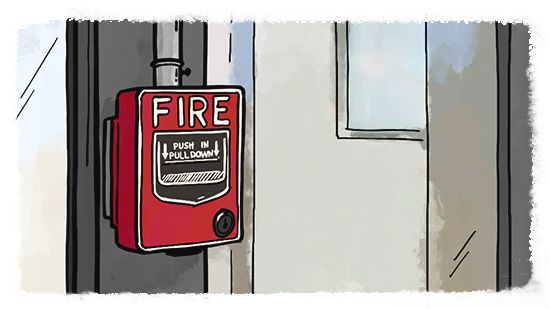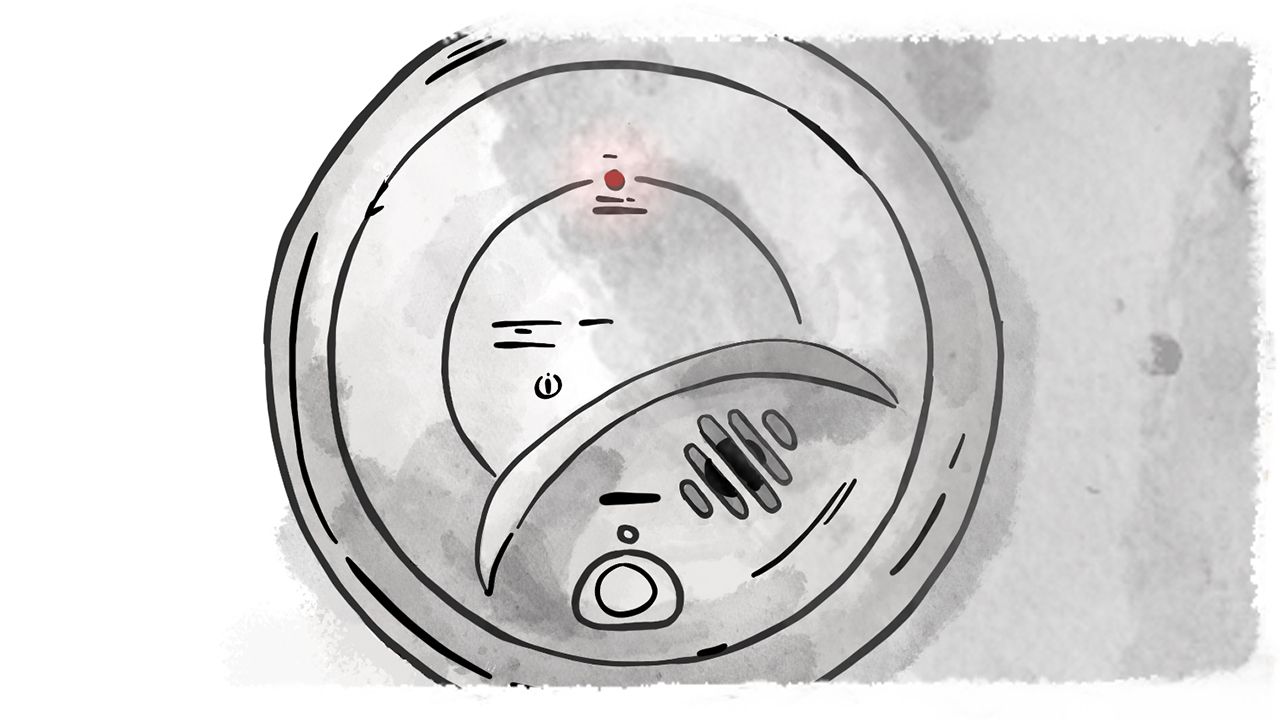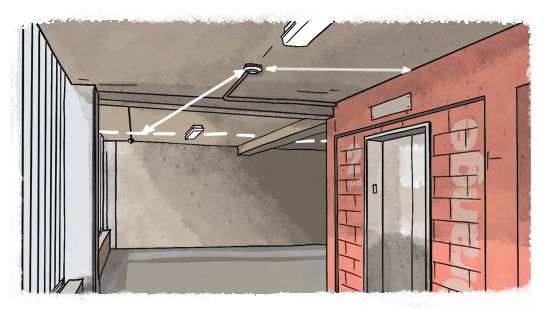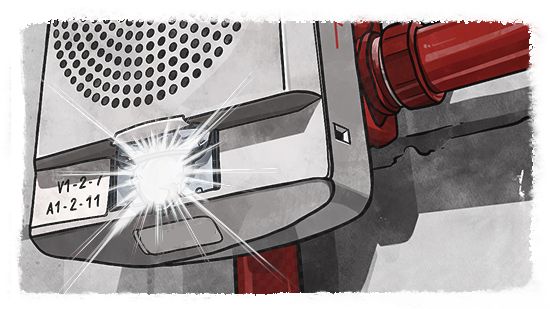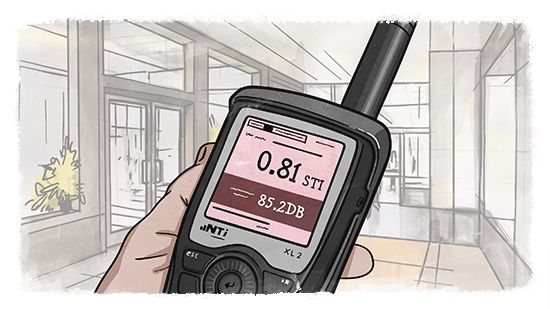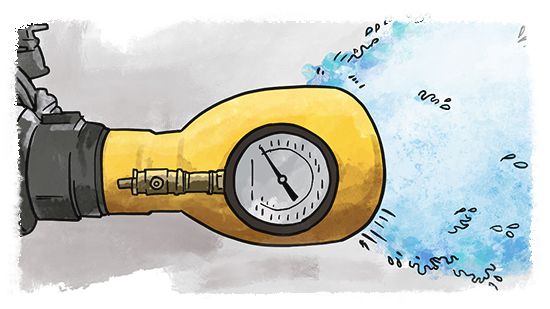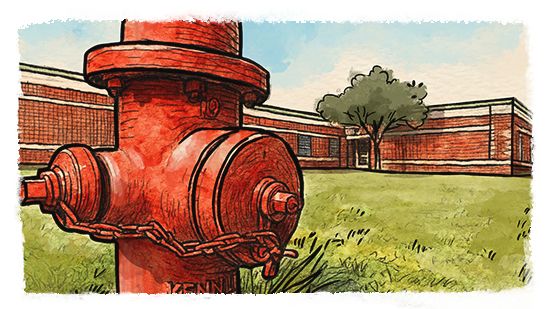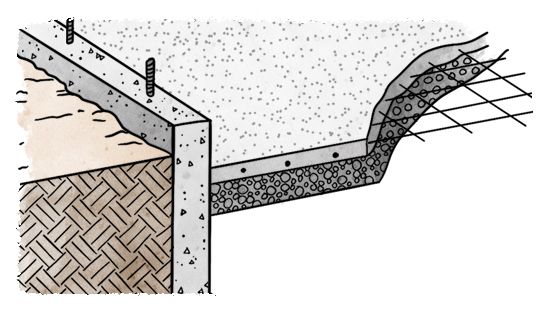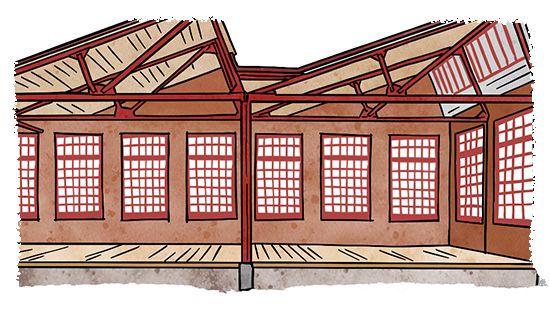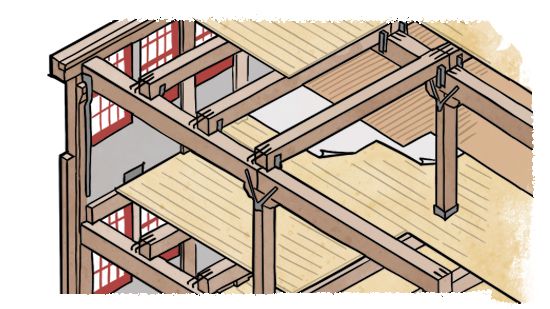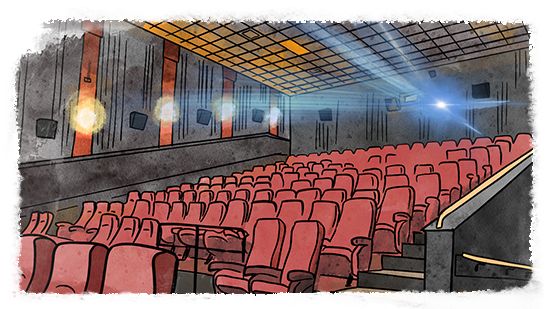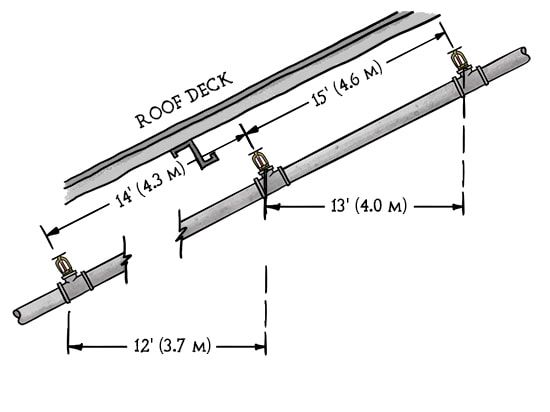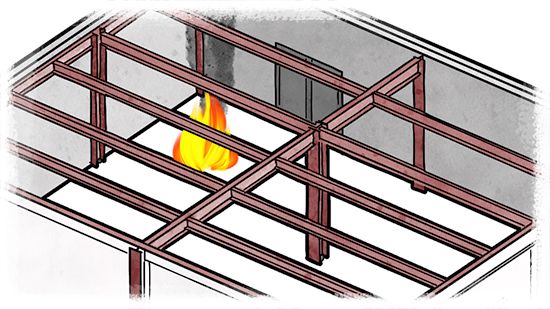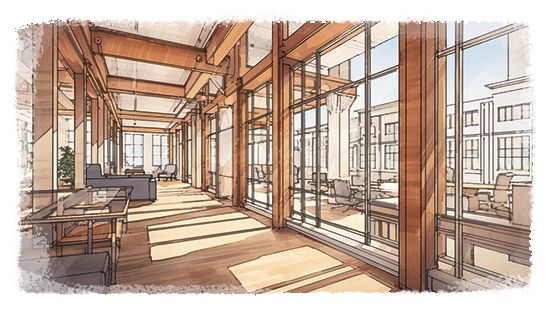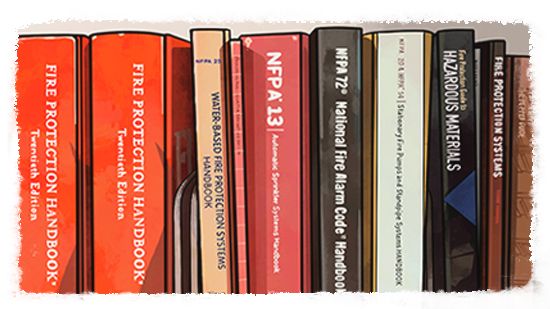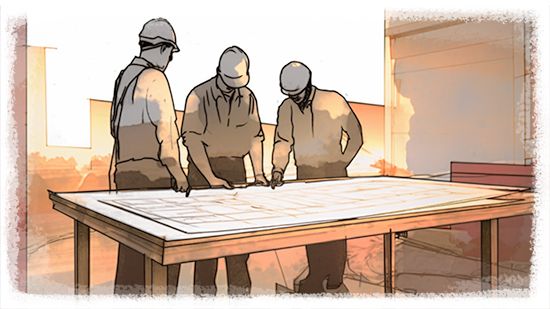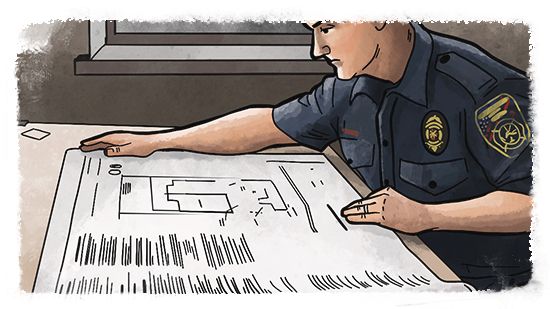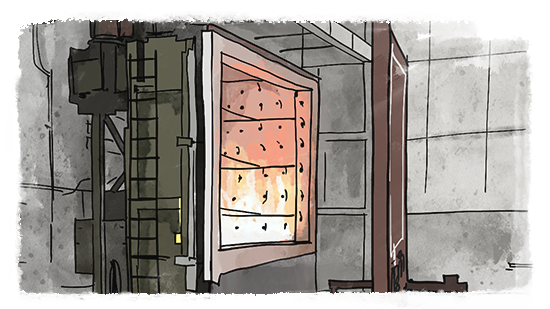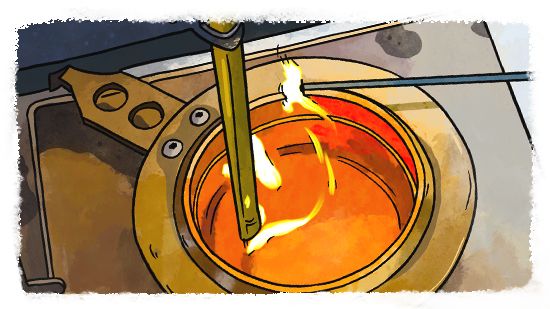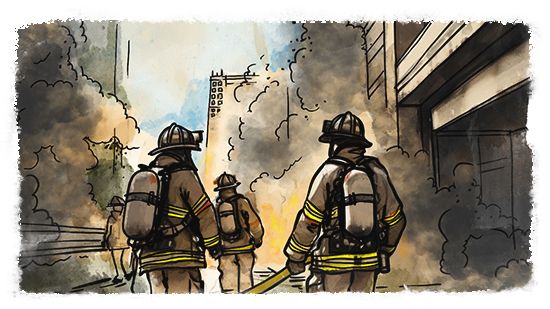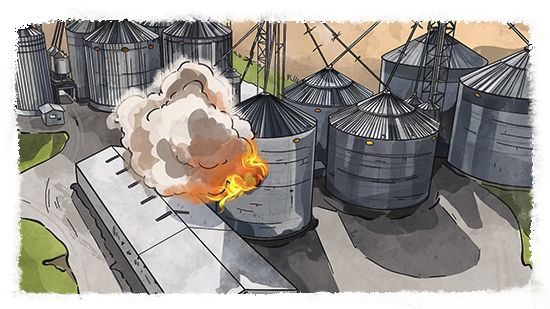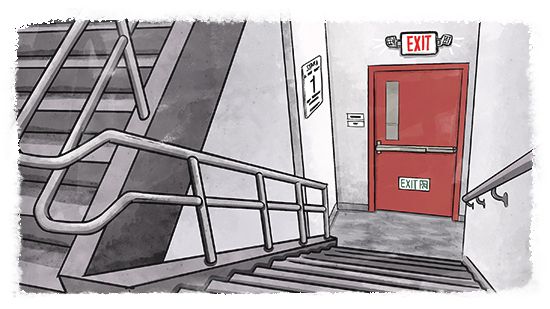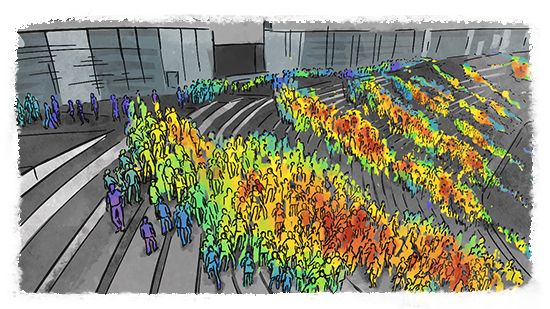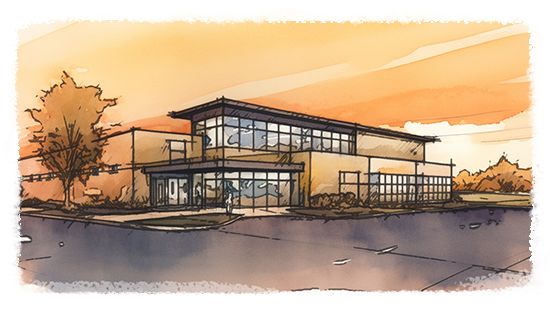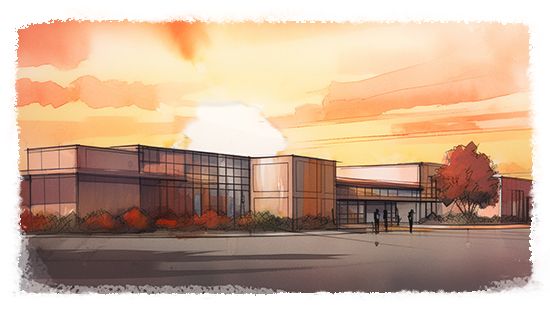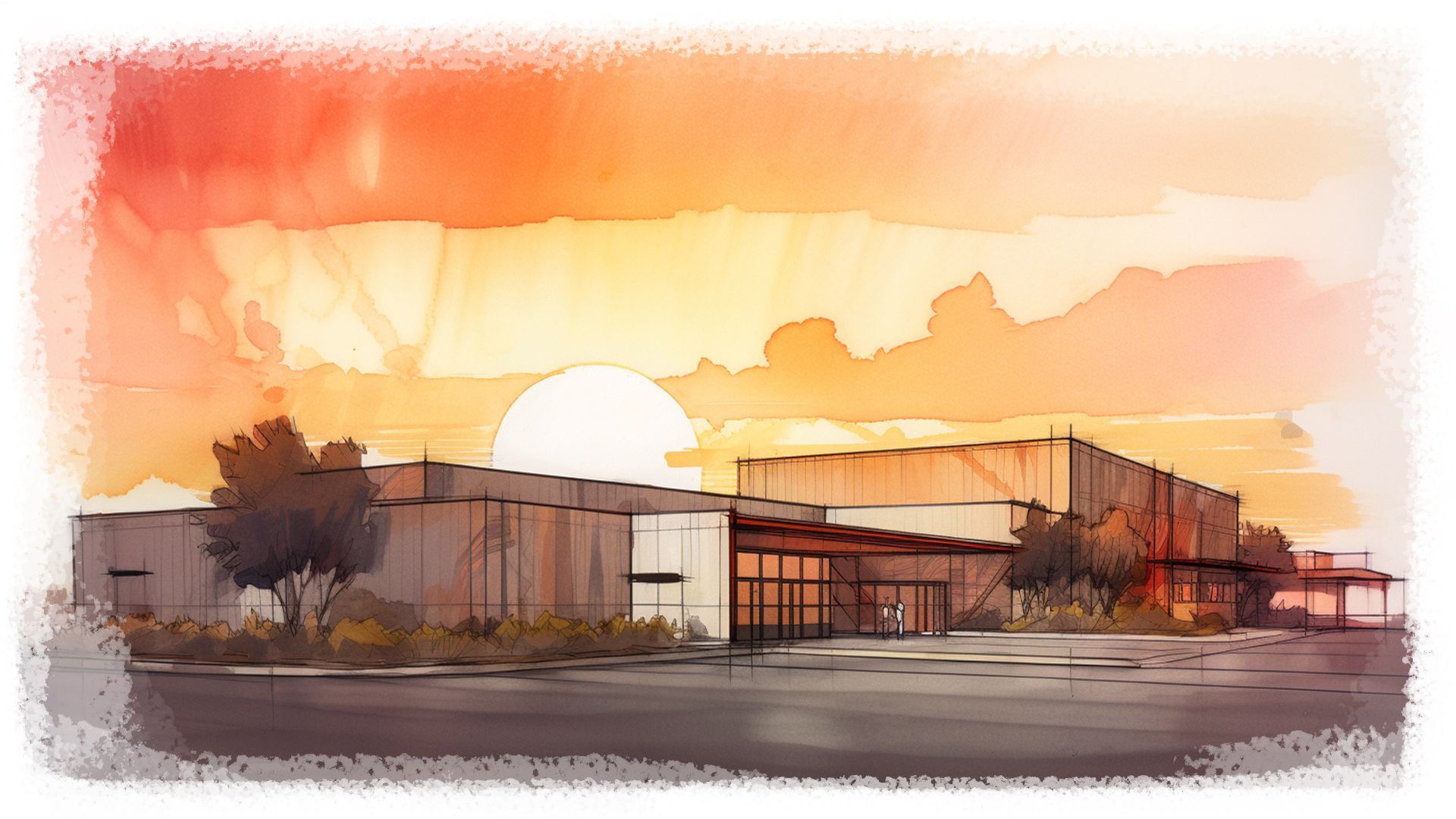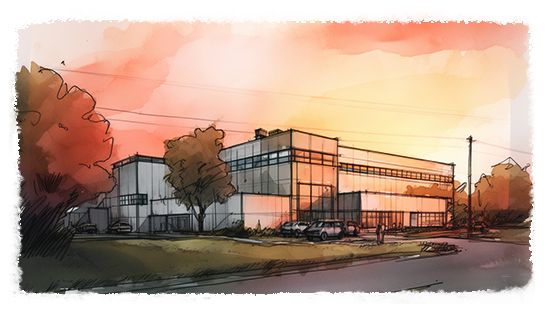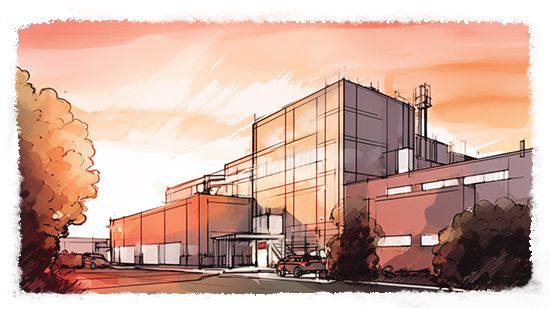WATER-BASED FIRE SUPPRESSION
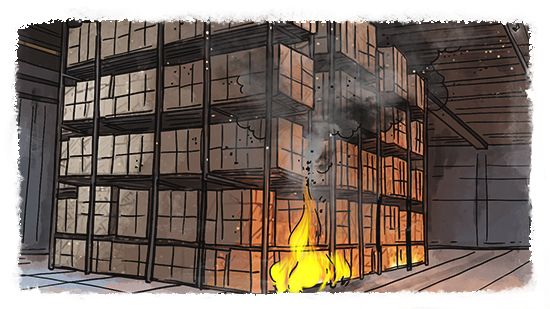
In this series, we focus on how water-based suppression methods shape the world of fire protection today. We talk about sprinkler and standpipe system components, purpose, and governing rules. We overview design criteria, water supply, fire pumps and calculation methods, and we overview types of testing. This is a helpful overview and recap course for preparing for the Fire Protection P.E. Exam. Objectives include:
1. Understand the purpose and common components of fire sprinkler and standpipe systems.
2. Understand how fire sprinkler systems are calculated.
3. Understand the design process and purpose for hydraulic calculations in water-based systems.
PE104 - 2025 - 3.0 HOURS
TOPICS IN THIS KNOWLEDGE AREA
MEET THE INSTRUCTORS
Max Newton, PE, SET
Ed Henderson, PE

Our goal is to improve fire protection practices worldwide. We promote the industry by creating helpful tools and resources, and by bringing together industry professionals to share their expertise. MeyerFire, LLC is a NICET Recognized Training Provider and an International Code Council Preferred Education Provider.

Copyright MeyerFire, LLC © 2025
Understanding Use & Occupancy
LS101 | 1.5 Hours
Introduction to Codes & Standards
LS001 | 1.5 Hours
Types of Fire Alarm Systems
FA102 | 1.0 Hour
Layout of Control Equipment
FA111 | 1.0 Hour
Layout of Pull Stations
FA112 | 1.0 Hour
Smoke Detection Coverage
FA113 | 1.0 Hour
Layout of Other Initiation Devices
FA115 | 1.5 Hours
Layout for Visual Notification
FA121 | 1.0 Hours
Layout for Audibility & Intelligibility
FA122 | 1.5 Hours
Introduction to Sprinkler & Standpipes
FX001 | 1.0 Hour
Standards of Sprinkler Design
FX101 | 1.0 Hour
Standards of Standpipe Systems
FX102 | 1.0 Hour
System Types & Layouts
FX120 | 1.5 Hours
Flow Tests
FX130 | 1.5 Hours
Water Supply Evaluation
FX131 | 1.5 Hours
Understanding Obstructed Construction
FX153 | 1.5 Hours
Understanding Unobstructed Construction
FX154 | 1.0 Hour
Layout for Standard Spray Sprinklers
FX173 | 3.0 Hours
The Sprinkler Layout Process
FX174 | 3.0 Hours
Effective Use of Codes & Standards
LS111 | 1.0 Hour
Construction Documents, Part I
DX102 | 1.0 Hour
Types of Analysis
PE101 | 3.5 Hours
Information for Analysis
PE102 | 4.5 Hours
Fire Dynamics
PE103 | 3.5 Hours
Water-Based Fire Suppression
PE104 | 3.0 Hours
Special Hazard Systems
PE105 | 1.5 Hours
Fire Alarm Systems
PE106 | 1.5 Hours
Smoke Control
PE107 | 1.5 Hours
Explosion Prevention
PE108 | 1.0 Hour
Passive Building Systems
PE109 | 1.5 Hours
Means of Egress
PE110 | 1.5 Hours
Human Behavior
PE111 | 1.0 Hour
PE Prep Series Weeks 1-4
PE201 | 2.0 Hours
PE Prep Series Weeks 5-8
PE202 | 2.0 Hours
PE Prep Series Weeks 9-12
PE203 | 2.0 Hours
PE Prep Series Weeks 13-16
PE204 | 2.0 Hours
PE Prep Series Weeks 17-20
PE205 | 2.0 Hours

